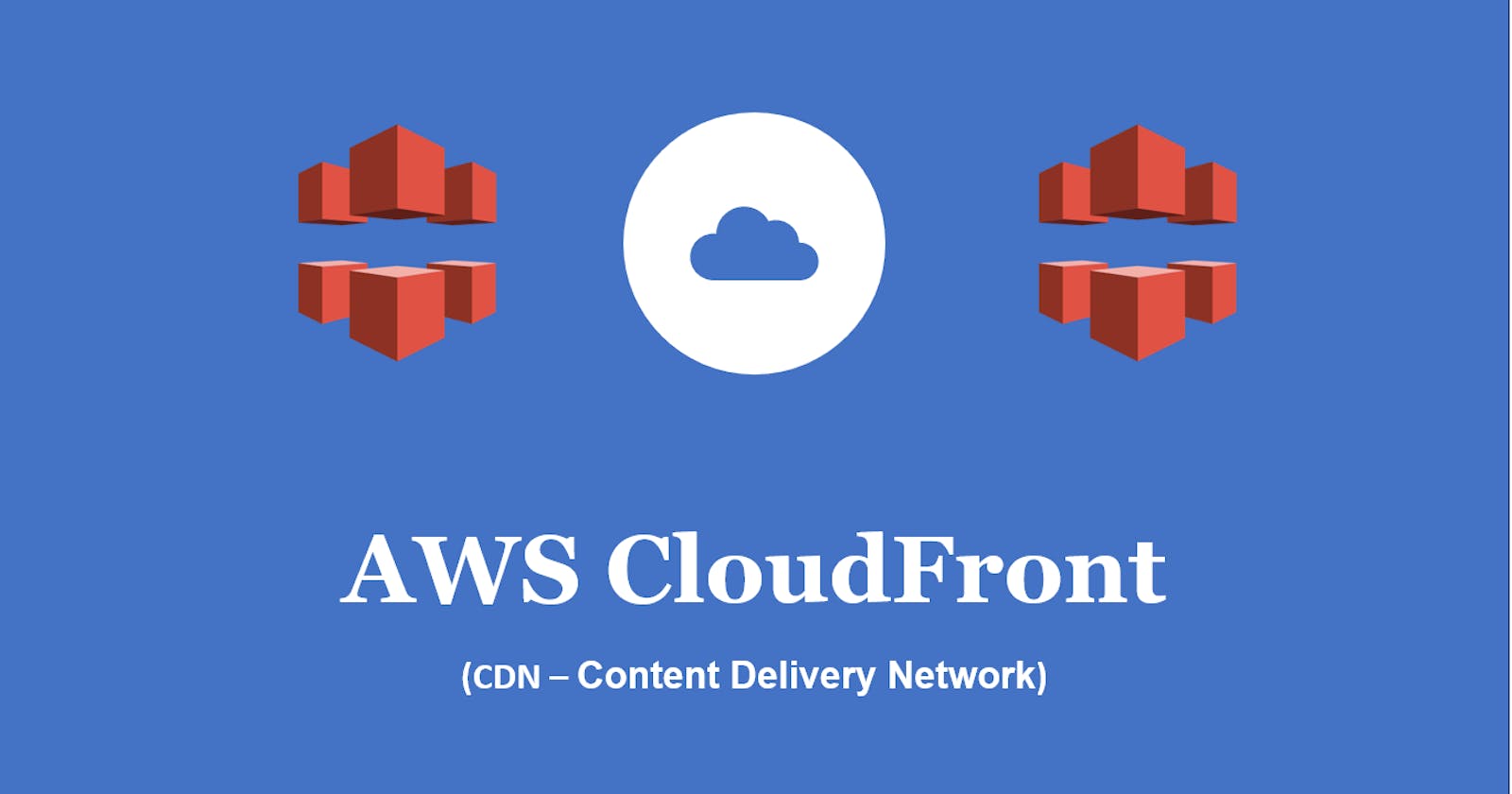In today's fast-paced online world, website speed is crucial. Sluggish loading times can frustrate visitors and lead to lost conversions. This is where Amazon CloudFront (CF) comes in – a Content Delivery Network (CDN) service offered by Amazon Web Services (AWS).
What is a CDN?
Imagine a global network of servers strategically located around the world, each containing a cached copy of your website's static content (like images, videos, JavaScript files). When a user requests your website, CloudFront delivers the content from the nearest edge location, significantly reducing latency (loading time) compared to serving it directly from your origin server.
Benefits of Using AWS CloudFront:
Enhanced Performance: CloudFront's geographically distributed edge locations ensure content is delivered quickly to users worldwide, regardless of their location. This translates to a faster, more responsive website experience.
Improved Security: CloudFront integrates seamlessly with AWS Shield, a security service that protects your website from Distributed Denial-of-Service (DDoS) attacks. Additionally, CloudFront encrypts data in transit, adding an extra layer of security.
Reduced Costs: By offloading static content delivery from your origin server, CloudFront helps optimize server resources and potentially lower your overall costs. You only pay for the data transferred out of the edge locations where your content resides.
Scalability: CloudFront automatically scales to meet traffic demands, ensuring your website remains available even during peak usage periods.
What Can CloudFront Deliver?
CloudFront is adept at delivering various types of static and dynamic content, including:
Static Content: HTML files, CSS stylesheets, JavaScript code, images, videos, and other downloadable assets.
Dynamic Content: CloudFront can also integrate with origin servers like Amazon S3 or EC2 to deliver dynamic content that requires processing on the fly.
Getting Started with CloudFront
Setting up CloudFront is relatively straightforward. You can create a CloudFront distribution through the AWS Management Console and specify the origin of your content (e.g., an S3 bucket or EC2 instance). CloudFront then takes care of routing requests and delivering content from its edge locations.
Let's wrap up things
AWS CloudFront is a powerful tool for boosting website performance, security, and scalability. By leveraging its global network and robust features, you can create a seamless online experience for your users, no matter where they are in the world.

